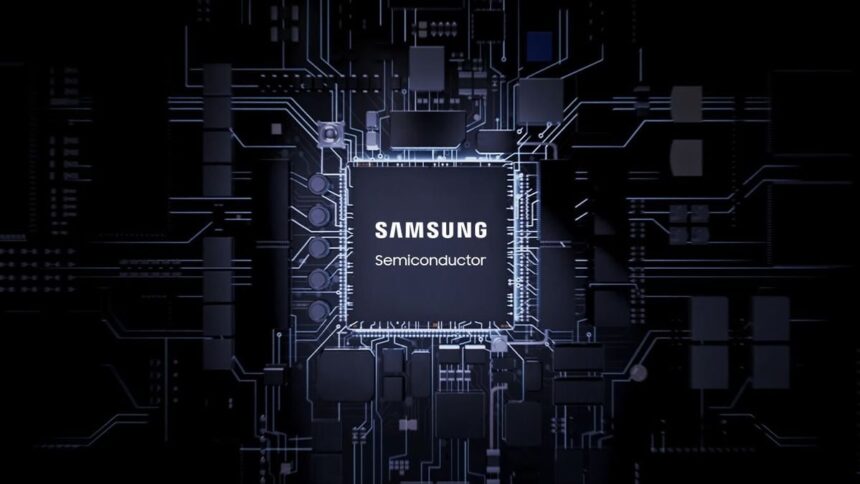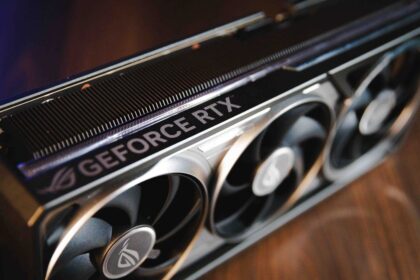Samsung has announced a significant reduction in its investment in the foundry division for 2025, slashing its budget by more than half. The allocation will drop from approximately 10 trillion won ($6.9 billion) in 2024 to around 5 trillion won ($3.4 billion) this year, marking a notable strategic shift for the company.
This decision follows a period of heavy spending from 2021 to 2023, during which Samsung Foundry invested roughly 20 trillion won ($13.9 billion) to expand production capacity and enhance its technological capabilities. However, during its Q3 2024 earnings announcement last October, the South Korean tech giant signaled a more conservative investment approach for 2025.
The timing of this budget cut is particularly critical, given the rising demand for advanced semiconductors driven by AI technologies and the intensifying competition in the market. The move has sparked questions about how Samsung plans to stay competitive, especially as its primary rival, TSMC, continues to make strides in innovation and capacity expansion.
Why did Samsung cut investments by 50%?
The primary reason behind Samsung’s decision to scale back investments in its foundry division is a significant decline in customer orders. Challenges such as low yield rates and delays in advanced manufacturing processes have undermined Samsung Foundry’s ability to attract major clients and secure large-scale contracts.
The situation was further exacerbated by production issues with its second-generation 3nm GAA (Gate-All-Around) technology. Reports from the industry indicate that yield rates may have fallen below 20%, prompting Samsung to reevaluate its strategy. In an interview with Business Korea, a South Korean executive explained the shift:
“We are focusing our resources on improving our most advanced technologies to ensure that we can meet future market demands with confidence.”
Another contributing factor is the reduced utilization of the 4-7nm foundry facilities in Pyeongtaek, where the operating rate has dropped by more than 30%. This decrease reflects a need to align production capacity with current demand. As a result, Samsung has decided to allocate its resources more cautiously, prioritizing improvements in cutting-edge technologies to prepare for future opportunities.
What are Samsung’s next steps?
Samsung is feeling the heat from TSMC, which poured a staggering 42 trillion won ($29.2 billion) into its foundry facilities in 2024—about four times what Samsung invested during the same period. This intense competition has pushed the South Korean tech giant to fine-tune its production schedules and upgrade its technologies to stay in the game.
This year, Samsung is prioritizing investments in its S3 plant in Hwaseong and the P2 facility in Pyeongtaek. At the S3 factory, part of the 3nm production line will be upgraded to 2nm. The transition involves adding new equipment to the existing setup, making it a relatively modest investment rather than a full-scale overhaul.
Over at the P2 facility, Samsung plans to roll out a 1.4nm test line later this year, with a monthly production capacity of 2,000 to 3,000 wafers.
These strategic moves highlight Samsung’s commitment to next-generation technologies as it strives to reclaim its competitive edge. By focusing on 2nm and 1.4nm chip manufacturing, the company hopes to attract top-tier clients looking for cutting-edge chips for applications like artificial intelligence, smartphones, and other advanced devices.
How does this impact the technology market?
These decisions are likely to have a major impact on the semiconductor market. As Samsung shifts its focus toward advanced technologies, it could reshuffle customer preferences among the major chipmakers.
Businesses that depend on older node technologies may need to explore alternative suppliers, while those pushing the boundaries of innovation will be keeping a close eye on Samsung’s progress with its cutting-edge processes.
Although cutting investments by 50% might seem drastic, it reflects Samsung’s commitment to a long-term strategy. The company’s ability to succeed will hinge on overcoming technical challenges and delivering competitive products that meet the demands of an ever-evolving market.











